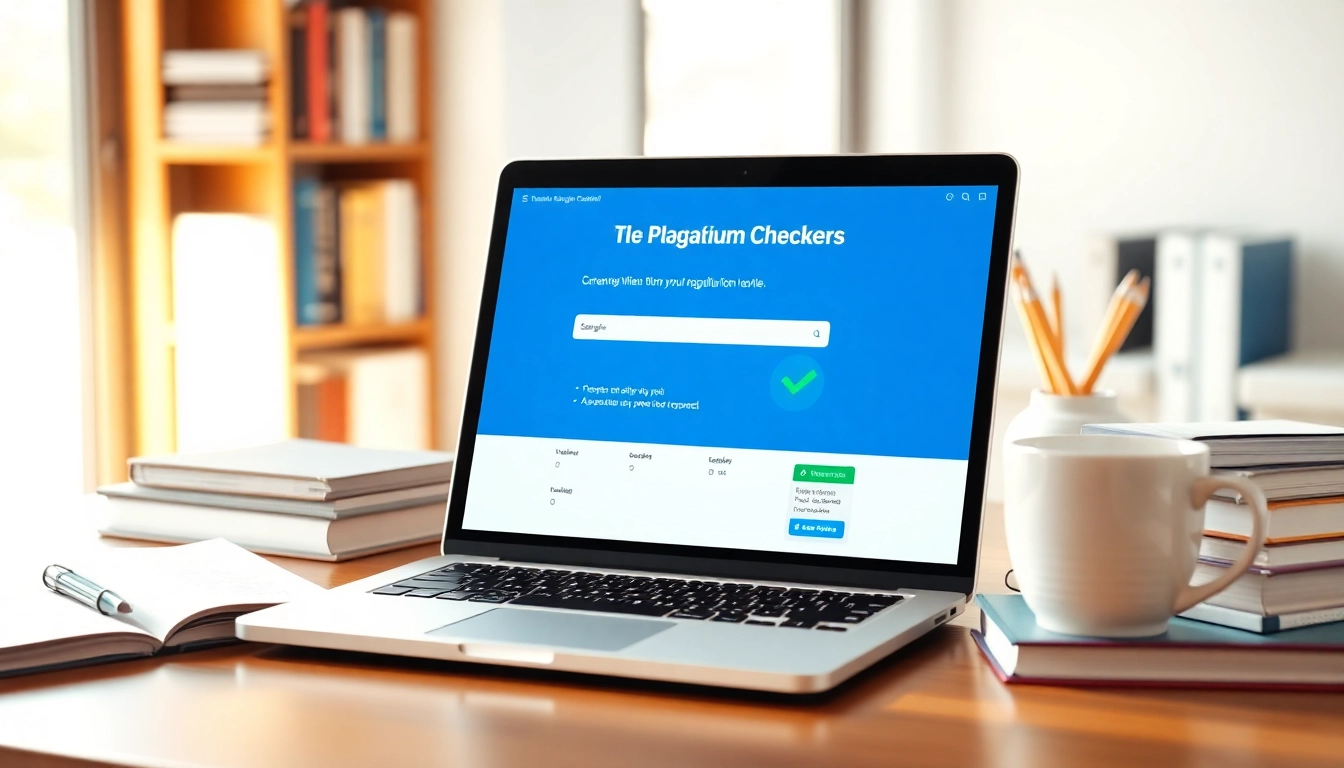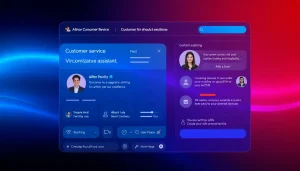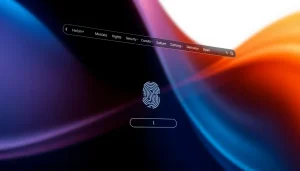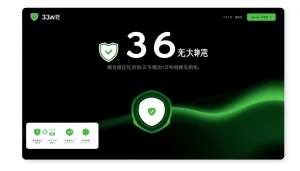Enhance Your Writing with an Effective Plagiarism Checker Tool
Understanding Plagiarism
What is Plagiarism?
Plagiarism is the act of using someone else’s work, ideas, or expressions without proper acknowledgment, thereby presenting that work as one’s own. In the academic world and professional realms, plagiarism is a severe offense that can lead to substantial consequences, including loss of credibility, legal issues, and academic penalties.
Plagiarism does not only include the direct copying of text; it also encompasses paraphrasing someone else’s ideas without citing the source, using images, music, or other creative works without permission or credit, and even self-plagiarism, which is repurposing one’s own previously submitted work without note. Understanding the nuances of plagiarism is crucial to ensure original content creation.
Types of Plagiarism
Plagiarism can be categorized into several types, each with different implications:
- Direct Plagiarism: This occurs when an individual copies someone else’s work word-for-word without citation.
- Self-Plagiarism: In academic institutions, this term refers to submitting one’s previous work as new content without proper recognition.
- Patchwork Plagiarism: This involves piecing together phrases or ideas from multiple sources without citation, creating a new piece that lacks original thought.
- Paraphrasing Plagiarism: When someone rephrases another individual’s work without proper attribution, it qualifies as paraphrasing plagiarism.
- Accidental Plagiarism: This type occurs not from an intent to deceive but from careless mistakes related to citation or unfamiliarity with proper citation methods.
The Importance of Avoiding Plagiarism
The importance of avoiding plagiarism is twofold. Firstly, from an ethical standpoint, failing to credit original authors diminishes their hard work and intellectual contribution. Secondly, the consequences of plagiarism can severely impact an individual’s career and academic journey. Many institutions impose strict penalties, including suspension, expulsion, or dismissal for academic dishonesty. Therefore, mastering the art of proper citation and original writing is paramount for all writers.
How Do Plagiarism Checkers Work?
Technology Behind Plagiarism Checkers
Plagiarism checkers utilize advanced algorithms and machine learning techniques to compare documents against a vast database of content. They can identify similarities in phrases, sentence structures, and even ideas across millions of sources, including academic papers, journals, and web pages. Some of the key technologies employed by modern plagiarism checkers include:
- Database Comparison: They compare the submitted text with an extensive range of sources stored in their databases.
- Fingerprinting: This method involves creating unique identifiers for specific pieces of content, allowing quick comparisons without needing full text comparisons.
- Natural Language Processing (NLP): This enables the software to understand and interpret human language, allowing it to identify paraphrased text.
Features of a Reliable Plagiarism Checker
A reliable plagiarism checker should possess several critical features, including:
- Comprehensive Database: It should include a vast array of sources, from academic journals to online publications.
- Detailed Reports: Users should receive thorough reports that outline exact matches and highlight potential areas of concern.
- User-Friendly Interface: A straightforward design allows for easy navigation and efficient check processes.
- Real-Time Checking: Many modern plagiarism checkers enable users to receive instant feedback while they write.
- Integration Capabilities: Ability to work with other writing tools such as word processors and online collaborative platforms is essential.
Understanding Plagiarism Reports
Interpreting plagiarism reports is crucial for effectively addressing potential issues. These reports typically present:
- Percentage of Plagiarism: This indicates how much of your document matches existing texts.
- Highlighted Text: Specific phrases or sentences that are flagged as potentially plagiarized.
- Source Links: Where the matches were found, allowing the user to trace back to the original content for proper citation.
Understanding how to read these reports effectively can help writers improve their work by recognizing common patterns of unintentional plagiarism.
Choosing the Right Plagiarism Checker
Key Factors to Consider
When selecting a plagiarism checker, several key factors should be considered:
- Cost: Determine whether you need a free or paid tool and consider the features provided at each tier.
- Accuracy: Research user reviews and testimonials to gauge the effectiveness of potential plagiarism checkers.
- Speed: Time efficiency is essential, especially if you’re working against a deadline.
- Support for Various Formats: An ideal plagiarism checker should support multiple file formats (Word, PDF, etc.).
Comparing Popular Tools
Popular plagiarism checkers like Grammarly, Turnitin, and Copyscape each offer unique features. For example:
- Grammarly: Known for its real-time checking abilities and user-friendly interface, making it suitable for students and professionals alike.
- Turnitin: Primarily used in educational institutions, it provides comprehensive feedback and ensures academic integrity.
- Copyscape: Excellent for web content, focusing on identifying duplicate content across the internet.
When choosing a plagiarism checker, it’s essential to evaluate these tools based on your specific needs and use cases.
User Reviews and Ratings
User reviews and ratings can significantly influence your choice of plagiarism checkers. Websites and forums often provide insights into others’ experiences, highlighting strengths or limitations you might want to consider. Look for comments on accuracy, usability, and customer support.
Implementing Plagiarism Checkers in Your Writing Process
Steps to Use a Plagiarism Checker
Utilizing a plagiarism checker in your writing process can ensure originality. Here’s a simple guide to follow:
- Write Your Content: Focus on creating unique and original material.
- Run a Plagiarism Check: Use your chosen plagiarism checker before finalizing the document.
- Review the Report: Understand the results and make necessary edits to cited material.
- Edit and Revise: Improve the quality of your work by paraphrasing or rewriting flagged sections.
- Check Again: Running a final check can help ensure all potential issues have been addressed.
Integrating with Writing Tools
Most modern plagiarism checkers offer plugins or integrations with various writing tools such as Microsoft Word, Google Docs, and other platforms. This functionality allows writers to check for plagiarism seamlessly as they compose their work, streamlining the writing and editing processes.
Best Practices for Original Writing
To maintain originality in writing, several best practices can be followed:
- Conduct Thorough Research: Understand the topics you write about; this helps you generate original ideas.
- Cite Sources Accurately: Always provide appropriate credit for any ideas, quotes, or information borrowed from others.
- When in Doubt, Check: If you’re unsure about the originality of a piece, using a plagiarism checker can provide clarity.
Common Misconceptions about Plagiarism Checking
Are Free Plagiarism Checkers Reliable?
While there are many free plagiarism checkers available, their reliability can greatly vary. Many free tools may not have the same extensive databases as paid alternatives, potentially leading to inaccurate results. It’s important to assess the capabilities of the free option thoroughly before relying on it for important documents, especially in academic settings.
Limitations and Pitfalls
Despite their advantages, plagiarism checkers can have limitations:
- False Positives: A checker may flag common phrases or terminology as plagiarism, leading to unnecessary revisions.
- Database Limitations: A plagiarism checker with a limited database will not catch all instances of plagiarism, particularly for materials not included in its dataset.
- Context Ignoring: Some advanced forms of plagiarism, like paraphrasing without proper citation, may be overlooked.
Future of Plagiarism Detection Technology
The future of plagiarism detection technology looks promising, with ongoing advances in artificial intelligence and machine learning. As these technologies evolve, we can anticipate more accurate and nuanced tools that not only detect straightforward plagiarism but also recognize more complex issues such as patchwriting or improper citation practices. Additionally, the integration of these tools with educational systems will become more prevalent, promoting academic integrity and original thought among students and professionals alike.













Post Comment